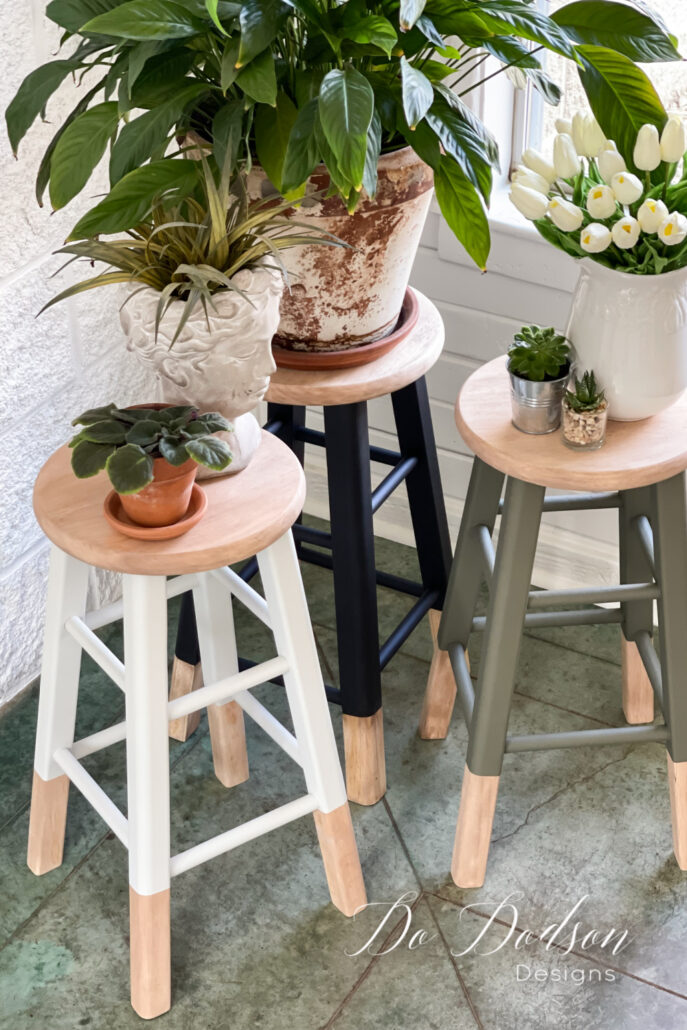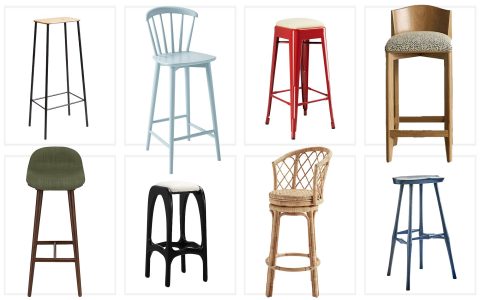Effective stool design balances form, function, and user comfort for diverse environments.
Human Factors and Ergonomics
Optimizing comfort starts with anthropometric data. Standard height ranges are 18-20 inches for dining and 24-30 inches for bar counters. Footrests prevent leg fatigue, while contoured seats reduce pressure points. Ensure stability through wide bases to minimize tipping risks.
Material Selection
Prioritize durability and aesthetics based on context. Key options include:

- Wood: Warm and traditional, best for residential use; hardwoods like oak resist wear.
- Metal: Robust for commercial settings; aluminum or steel offers lightweight strength.
- Plastics: Cost-effective and weatherproof; recyclable polymers suit outdoor applications.
- Upholstery: Add comfort with breathable fabrics like polyester for prolonged seating.
Avoid toxins through eco-certified finishes to enhance sustainability.
Design Principles
Focus on simplicity and efficiency. Incorporate stackability for space-saving in crowded areas. Lightweight frames aid mobility, while modular legs allow easy customization. Visually, align proportions to room aesthetics—sleek lines for modern interiors, rustic shapes for casual spaces.
Practical Applications
Tailor to use cases: bar stools need swivel mechanisms for accessibility; kitchen stools benefit from wipe-clean surfaces. Test prototypes for load capacity and user feedback to refine designs efficiently.







